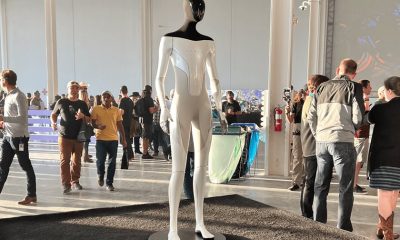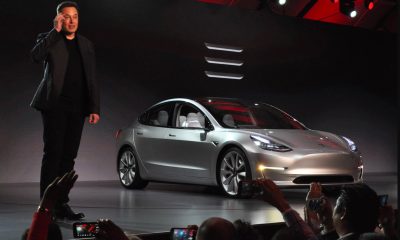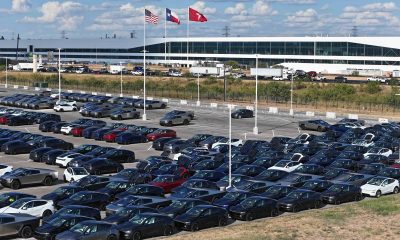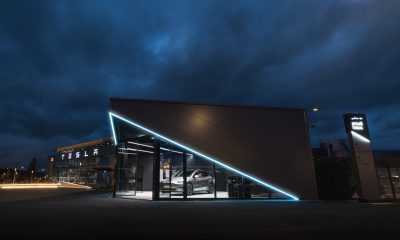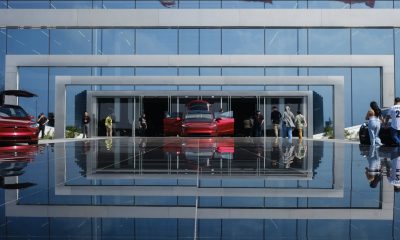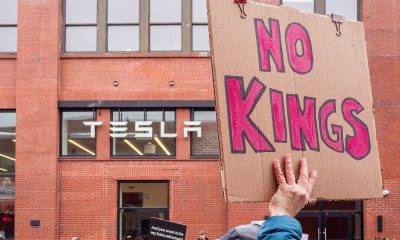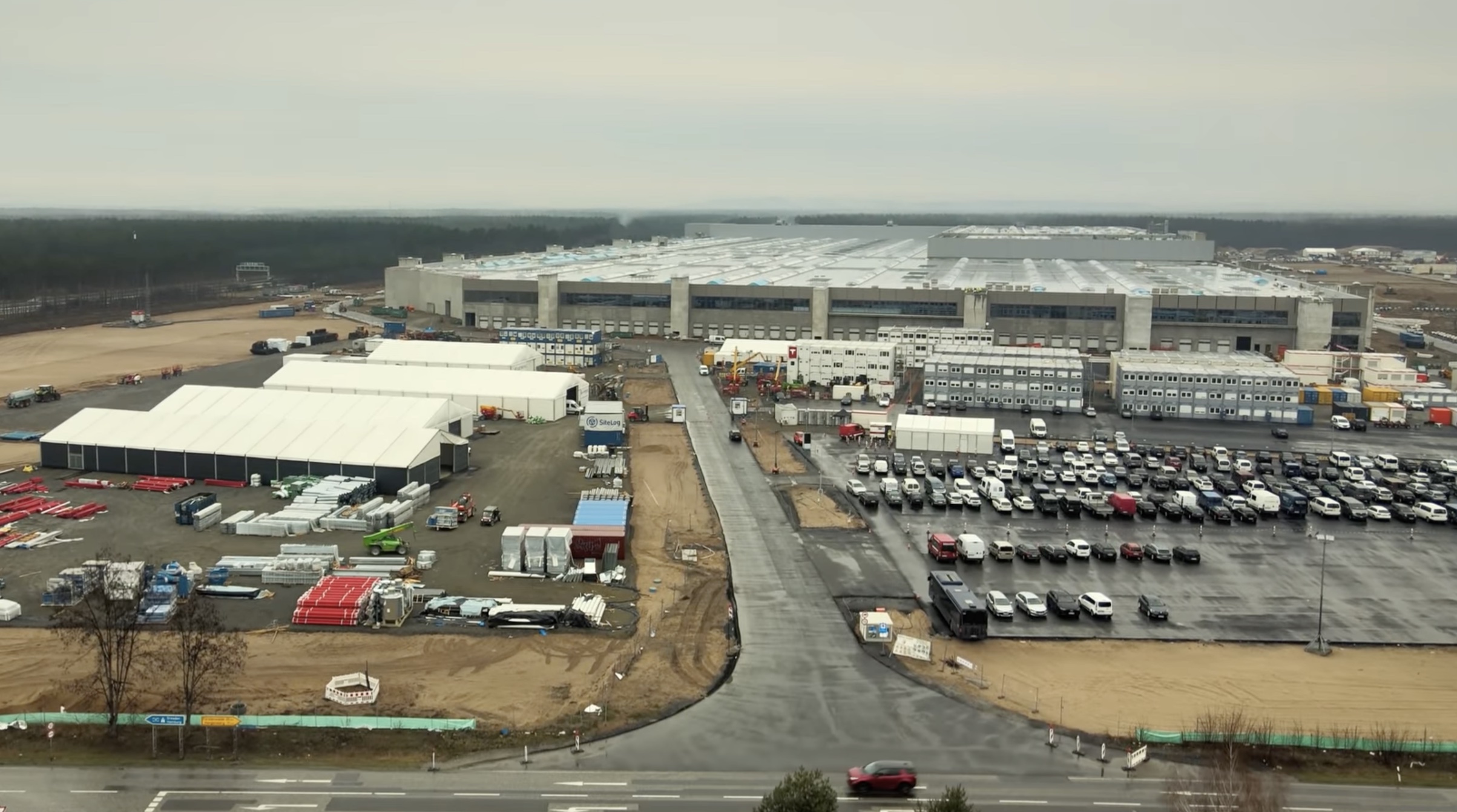
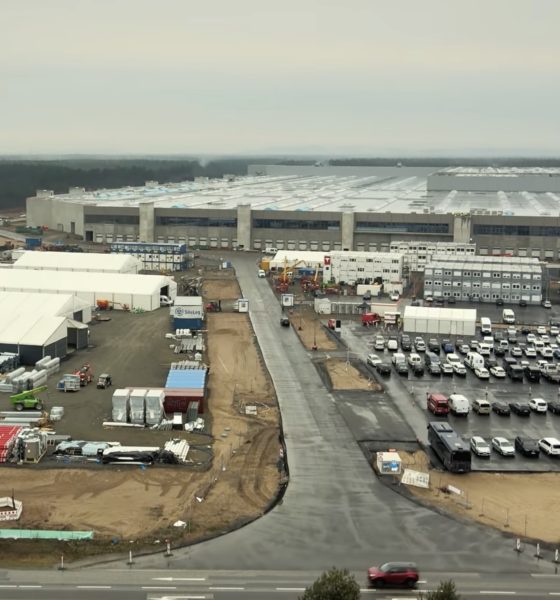
News
Tesla Giga Berlin gets another preliminary permit after criticizing local approval process
Tesla Gigafactory Berlin received another preliminary permit from the Ministry of the Environment. The permit allows Tesla to lay water and sewage pipes along with power lines for Gigafactory Berlin. The final approval for Tesla Giga Berlin is still pending.
The pipes must be laid by a qualified specialist company, according to the local government website. Tesla must also work with an independent company that focuses on water protection during the construction process.
Tesla’s 12th preliminary permit requires the EV maker to pay close attention to the design and properties of the materials used in the drinking water protection area. The company must still observe technical regulations for water protection areas and adhere to the local noise protection requirements during construction.
Frauke Zelt, a spokesperson for the Ministry of the Environment, noted that Tesla continues to build at its own risk, especially as the full permit application for Giga Berlin is still undergoing final examination. The EV manufacturer recently criticized the lengthy approval procedures for industrial projects in Germany. Tesla expressed its thoughts about local approval procedures during the German Environmental Aid (DUH) proceedings before the Administrative Court in Berlin-Brandenburg.
“Tesla Brandenburg has found out firsthand that obstacles in Germany licensing law are slowing down the necessary industrial transformation and thus the traffic and turnaround,” Tesla said in a statement available to Handelsblatt.
Federal Minister of Economics Peter Altmaier (CDU) shared his support for Tesla’s investment in Brandenburg. He expressed his willingness to search for solutions with Tesla and Brandenburg to overcome any apparent problems.
Meanwhile, the Federal Government’s SME Commissioner Thomas Bareiß (CDU) hopes that Tesla recognizes that “so much has been done at all levels to ensure a quick implementation” of Giga Berlin.
The Teslarati team would appreciate hearing from you. If you have any tips, email us at tips@teslarati.com or reach out to me at maria@teslarati.com.
Elon Musk
Tesla CEO Elon Musk teases Optimus job that’s straight out of Robocop
“If somebody’s committed a crime, we might be able to provide a more humane form of containment of future crime. You now get a free Optimus, and it’s just going to follow you around and stop you from doing crime.”
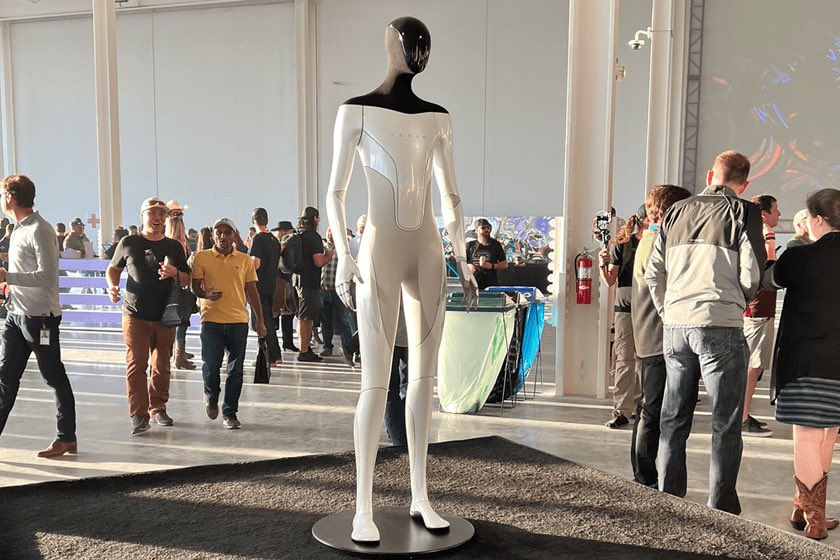
Tesla CEO Elon Musk teased a potential job for the company’s Optimus robot last week that is straight out of the movie “Robocop.”
“Robocop” aimed to show a futuristic look at law enforcement in a Sci-fi thriller that was among the first iterations of how robots could be used for police work.
The 1987 film showcased an injured cop turning into an armed cyborg, and although Tesla’s Optimus won’t be a human-robot hybrid, Musk’s idea for the humanoid project is similar.
Musk said last week at the Annual Shareholder Meeting, where shareholders voted to approve his $1 trillion compensation plan, that Optimus could be the future of law enforcement, nearly revolutionizing the way criminals are prosecuted.
He hinted that Optimus could actually be used as a chaperone of sorts, arguing that it was a “more humane form of containment of future crime.” Musk said:
“If somebody’s committed a crime, we might be able to provide a more humane form of containment of future crime. You now get a free Optimus, and it’s just going to follow you around and stop you from doing crime. Other than that, you get to do anything; it’s just going to stop you from committing crime. That’s really it. You don’t have to put people in prisons and stuff. It’s pretty wild to think of all the possibilities, but I think it’s clearly the future.”
Elon Musk: With Optimus, we might be able to stop putting people in prison.
“If somebody’s committed a crime, we might be able to provide a more humane form of containment of future crime. You now get a free Optimus, and it’s just going to follow you around and stop you from… pic.twitter.com/Y8E2ToyNkd
— ELON CLIPS (@ElonClipsX) November 10, 2025
Musk’s overall idea for Optimus is to change the way people are able to exist, from those law-abiding citizens to others who have their run-ins with the law. Instead, the Tesla CEO believes there could be a different way to handle everything, including punishment.
It was not the only thing that Musk indicated could be changed significantly by the presence of humanoid robots, as he also said a universal basic income could be established with the help of products like Optimus.
Elon Musk
Elon Musk teases huge merger: ‘Trending towards convergence’
“My companies are, surprisingly in some ways, trending towards convergence.”
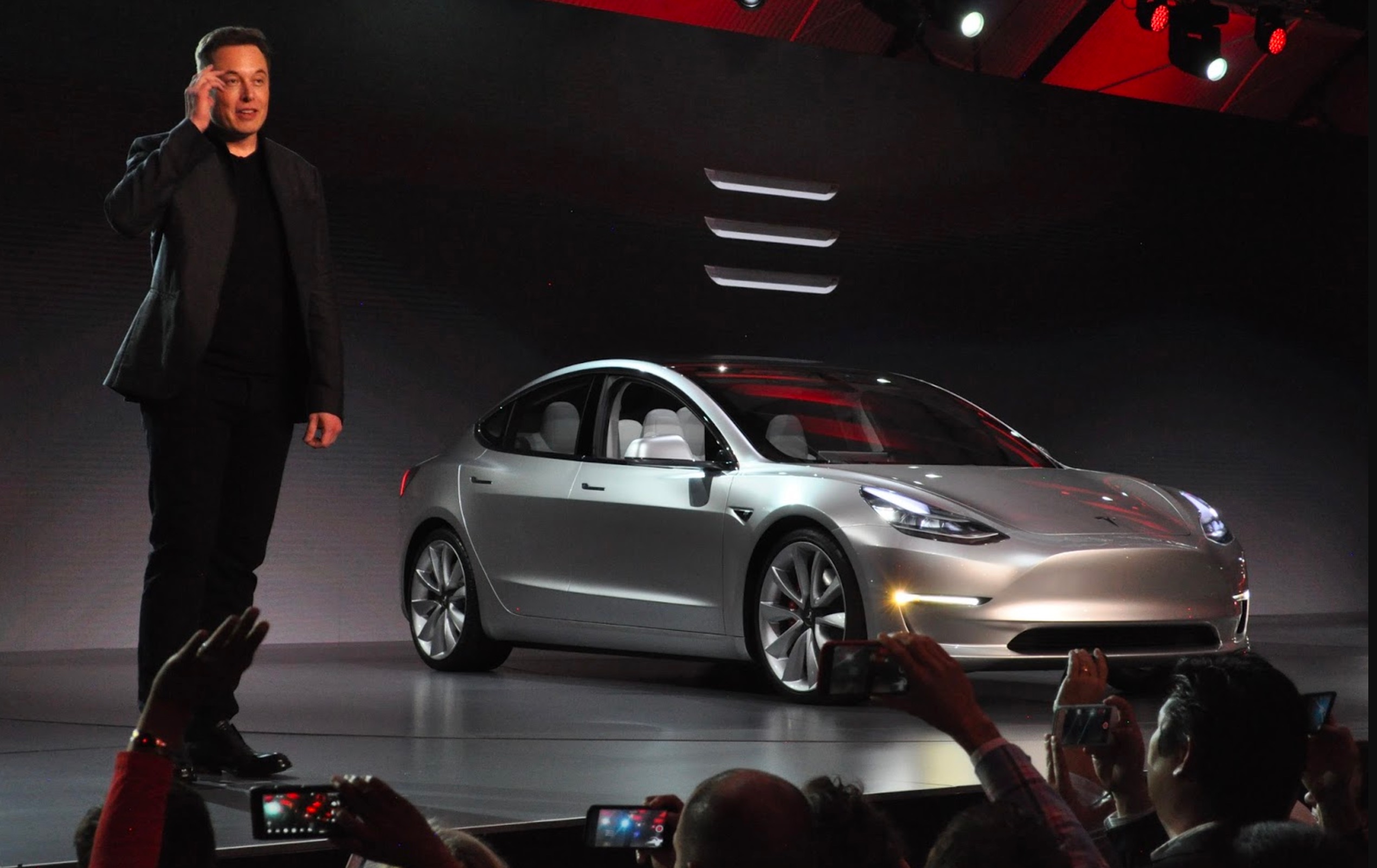
Elon Musk recently amplified the thoughts of Morgan Stanley analyst Adam Jonas, who had insight into the “Muskonomy” of his potentially interconnected ventures, something that was proposed at the recent Tesla Shareholder Meeting with xAI.
Musk’s words indicate a potential strategic fusion that could serve as a blueprint for future innovation–but it is dependent on a conglomeration between the many entities the CEO serves.
As Tesla grapples with scaling Optimus and preparing for its imminent production and the development of the Full Self-Driving suite, xAI’s computational edge could provide leverage for the millions of miles of data the company accumulates, providing a more stable and accurate development strategy for the autonomous and AI efforts it has put its chips all in on.
After Tesla Shareholders voted to deny Tesla and xAI’s potential financial partnership through an investment, Jonas said it was an issue that would have to be revisited due to its importance.
xAI has the opportunity to provide an incredible strategic and financial bolstering to Tesla, especially with how important a role data plays in the development of the company’s biggest products.
Jonas wrote in a note to investors:
“They’re gonna have to revisit this. We don’t think investors understand just how important xAI is to Tesla and the broader Muskonomy. Tesla’s relationship with xAI (financially and strategically) is deterministic to the long-term success of Tesla due in part to the natural synergies of data, software, hardware, and manufacturing in recursive loops. The values (and value systems) of both Tesla and xAI are endowed by the values of their shared creator. We believe this co-determination becomes more obvious in the next phases of physical AI/ autonomy for Tesla in the year ahead.”
Musk said, in response to Jonas’ note, that his companies are “surprisingly in some ways, trending toward convergence.”
My companies are, surprisingly in some ways, trending towards convergence
— Elon Musk (@elonmusk) November 10, 2025
Mergers and shared ecosystems between companies are not new moves out of Musk’s playbook, as it has been done in the past, especially with Tesla acquiring other entities.
It did it with SolarCity in 2016 and with Maxwell Technologies in 2019. Investments between Musk companies have occurred before, too, as SpaceX dumped $2 billion into xAI last July.
He’s also said on several occasions that he could eventually bring everything together into some sort of single entity. In July 2024, he said:
“I’m not opposed to the idea in principle, but I’m not sure there is a pragmatic or legal way to merge them. There is also value in equity incentives of people at the companies being tied to that company’s accomplishments.”
This point is especially relevant now with Musk’s recently approved compensation package.
He also said in June, during an interview with CNBC , that “It’s not out of the question” for xAI to merge with Tesla, but it would have to be approved by shareholders. Just a few days later, he said he would not support xAI merging with Tesla; however, he put it in investors’ hands.
It’s more than just a deal; it’s symbiotic. Musk being at the helm of various companies, all intertwined with one another, helps foster recursive innovation. Despite these advantages, there are still a handful of things to consider, especially from a regulatory perspective.
However, it is not competition; it’s convergence. In Musk’s universe, especially from a business sense, mergers are not endpoints, but instead launchpads for ambitions that aim to take each company from Earth to lands beyond our atmosphere.
Elon Musk
Tesla makes Elon Musk’s new compensation package official
This is an important thing to note, as much of the media coverage regarding Musk’s pay package seems to indicate that the company and the shareholders are simply giving the CEO the money. He has to come through on each of these tranches to unlock the $1 trillion.
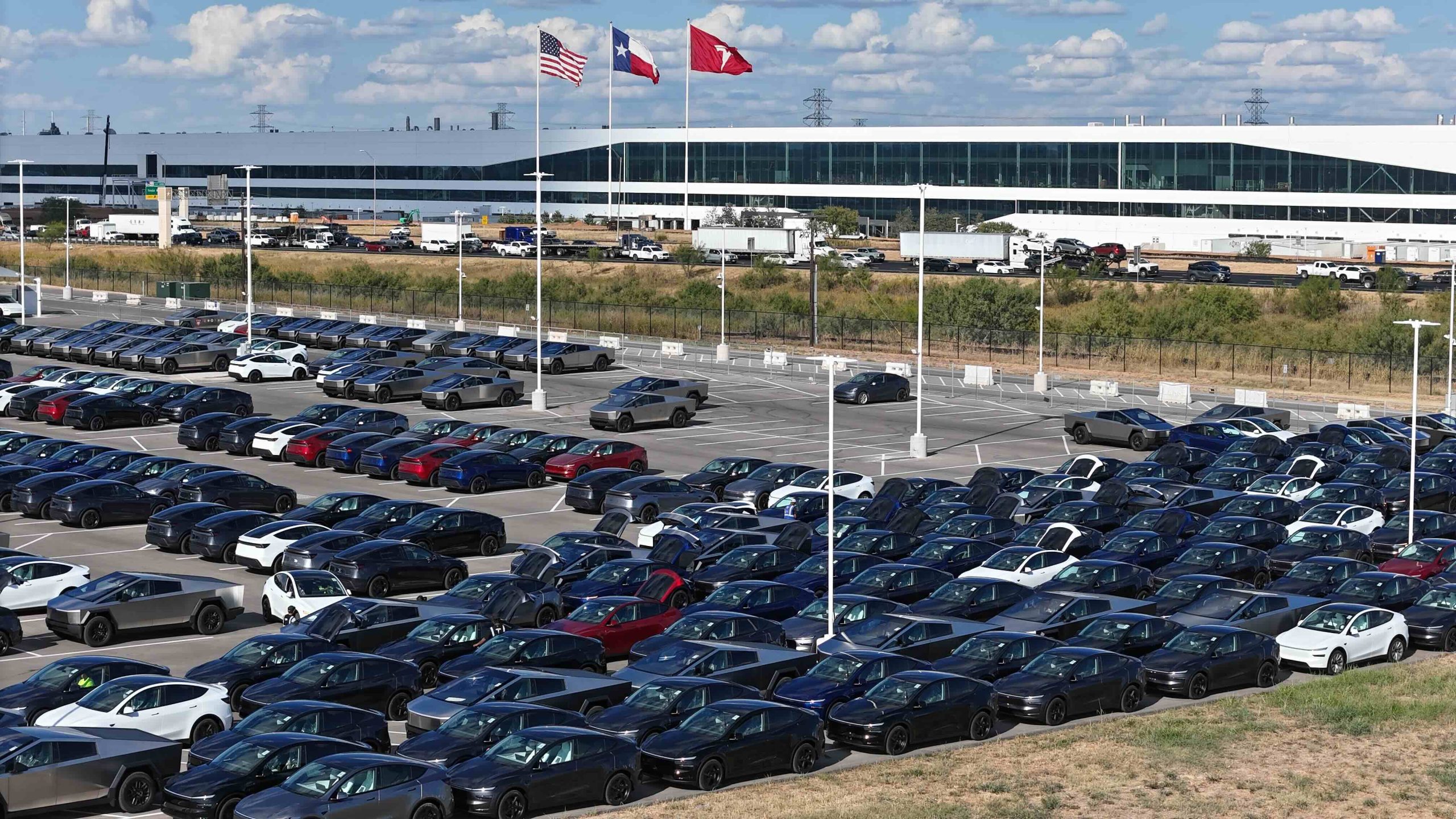
Tesla has made CEO Elon Musk’s new compensation package official, as it filed a Form 4 with the Securities and Exchange Commission (SEC) on Monday.
The package officially gives Musk the opportunity to acquire over 423 million shares of Tesla stock (NASDAQ: TSLA), dependent on his ability to achieve twelve performance-based tranches that will bring growth to the company and its shareholders.
Tesla (TSLA) shareholders officially approve Elon Musk’s 2025 performance award
Musk’s new compensation package was approved by investors last Thursday at the company’s Annual Shareholder Meeting, as over 75 percent of voters supported the CEO’s new plan, which could be valued at over $1 trillion if he is able to come through on all twelve tranches.
The twelve tranches include growth goals related to vehicle deliveries, the Optimus humanoid robot project, and Tesla’s valuation. If Musk is able to achieve each tranche, he would help Tesla achieve an over $8 trillion market cap.
The 12 tranches include:
-
$2 trillion market cap + Deliver 20 million Tesla vehicles cumulatively
-
$2.5 trillion market cap + Reach 10 million active Full Self-Driving (FSD) subscriptions
-
$3 trillion market cap + Deliver 1 million Optimus humanoid robots
-
$3.5 trillion market cap + Operate 1 million Robotaxis commercially
-
$4 trillion market cap + Hit $50 billion in adjusted EBITDA (earnings before interest, taxes, etc.)
-
$4.5 trillion market cap + Hit $80 billion in adjusted EBITDA
-
$5 trillion market cap + Hit $130 billion in adjusted EBITDA
-
$5.5 trillion market cap + Hit $210 billion in adjusted EBITDA
-
$6 trillion market cap + Hit $300 billion in adjusted EBITDA
-
$6.5 trillion market cap + Hit $400 billion in adjusted EBITDA
-
$7.5 trillion market cap + Hit $400 billion in adjusted EBITDA for four straight quarters in a row
-
$8.5 trillion market cap + Hit $400 billion in adjusted EBITDA for four straight quarters in a row
Achieving the twelve levels of the new compensation package would also give Musk what he’s really after: a larger ownership share in Tesla, which would help him achieve more control, something he feels is necessary for the rollout of the Optimus robot “army.”
Musk does not earn a dime if he does not achieve any of the tranches above.
This is an important thing to note, as much of the media coverage regarding Musk’s pay package seems to indicate that the company and the shareholders are simply giving the CEO the money. He has to come through on each of these tranches to unlock the $1 trillion.
-

 News4 days ago
News4 days agoTesla shares rare peek at Semi factory’s interior
-

 Elon Musk4 days ago
Elon Musk4 days agoTesla says texting and driving capability is coming ‘in a month or two’
-
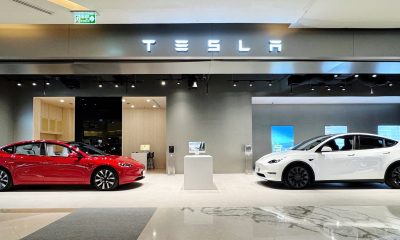
 News3 days ago
News3 days agoTesla makes online ordering even easier
-
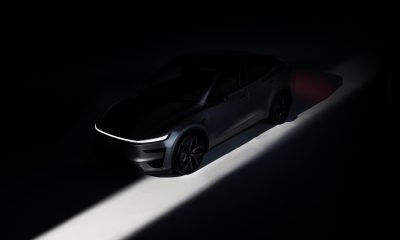
 News3 days ago
News3 days agoTesla Model Y Performance set for new market entrance in Q1
-
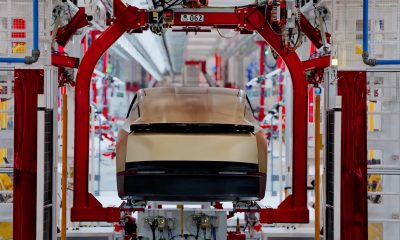
 News4 days ago
News4 days agoTesla Cybercab production starts Q2 2026, Elon Musk confirms
-
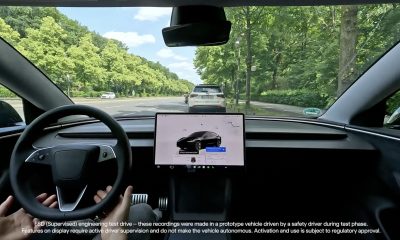
 News4 days ago
News4 days agoTesla China expecting full FSD approval in Q1 2026: Elon Musk
-
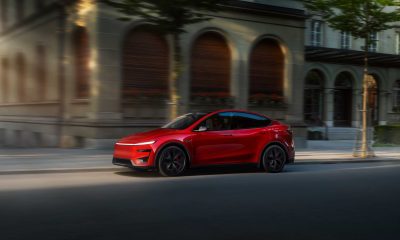
 News5 days ago
News5 days agoTesla Model Y Performance is rapidly moving toward customer deliveries
-
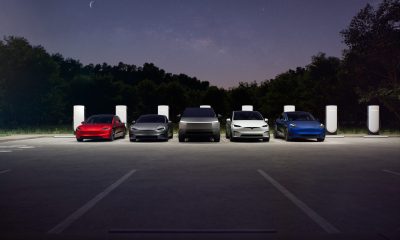
 News2 days ago
News2 days agoTesla is launching a crazy new Rental program with cheap daily rates


